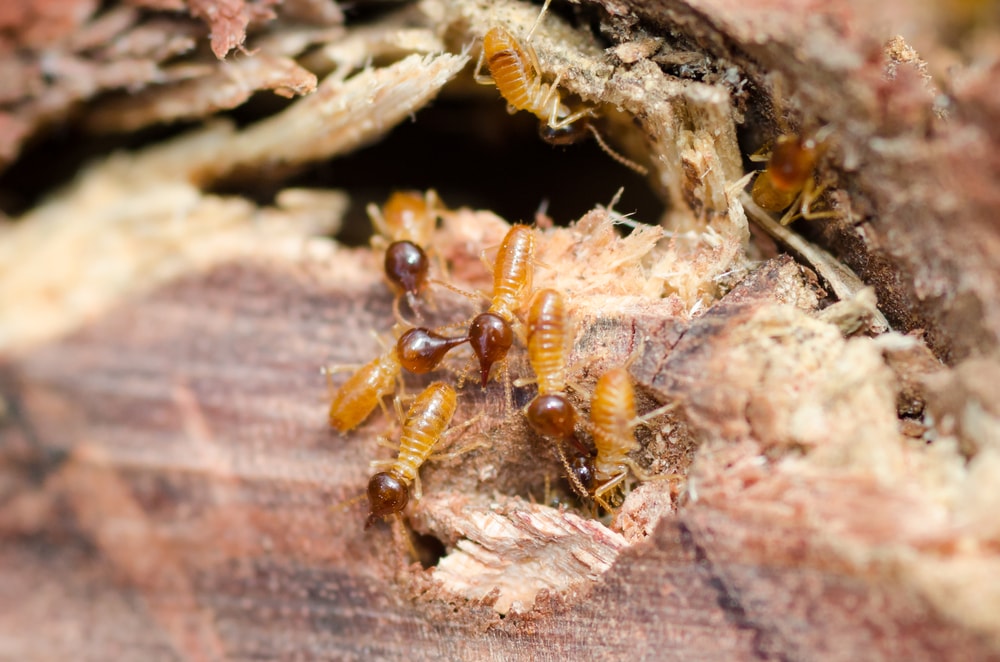Each year, termites cause homeowners about $5 billion in property damage and repair costs in the United States. They are found in every state except Alaska, and a single subterranean colony can be home to more than one million worker termites capable of devouring 100 pounds of wood per year.

Termite infestations can often go undetected, and these insects eat 24/7, meaning they pose a formidable threat to your home. Three main species, the subterranean termite, the drywood termite and the Formosan termite, are found in the United States. Termite traps can be used to treat subterranean termites, the most prevalent species in the U.S., which form networks of underground tunnels as they forage for food.
If these pests are an issue around your home, termite traps (bait stations) might seem like a good solution. What are they and do they actually work? Read on to find out more.
What are Termite Traps?
“Termite traps” are bait stations placed in or above the ground around your home. These devices aren’t actually called “termite traps,” nor do they actually trap termites. These stations contain a bait, often wood, paper or cellulose, laced with a substance that is poisonous to termites. As the worker termites crawl around near the colony in search of food sources, they are attracted to the bait and eat it. Most baits are slow acting, allowing the termites to return to the colony and spread the bait to others.
These traps do offer some advantages over traditional surface treatments. Primarily, they can be used in locations where surface treatments cannot be used. These include areas near foundation drains and areas covered by slabs or flooring that may require drilling.
Thought bait stations are available for purchase, it’s recommended that you have a professional inspect your home and properly install them if they are needed.
Are They Effective?
Bait stations can provide an effective, long-term solution for termite issues. While the bait is designed to act slowly, it does allow for the destruction of all castes of termites, including reproductives, soldiers and workers. When workers are eliminated and, as a result, food supplies are cut off, the reproductives and soldiers starve.
However, there are several considerations that can impact their effectiveness. The first is location. Bait stations should be placed about 2–4 feet away from a home’s foundation and at intervals of 10–20 feet from one another. Additionally, they should be placed in areas where termite activity is occurring or where it may be suspected. These include woodpiles, tree stumps and moist areas.
The bait must also be placed in an area where the termites will find it, and the amount of time this takes may be impacted by the weather and time of year. Generally speaking, spring through fall is the best time to place baits, according to the University of Kentucky.
Seek Professional Help
Because of the considerations involved with bait stations, you should contact a termite control professional for help. These professionals can conduct a thorough inspection of your property before bait stations are installed, increasing the likelihood that they will be placed appropriately and that termites will find the bait in a timely manner.
The termite control professionals at Terminix® are trained to detect the signs of termite activity. They will conduct a FREE termite inspection of your home and develop a custom plan for termite treatment or protection.


